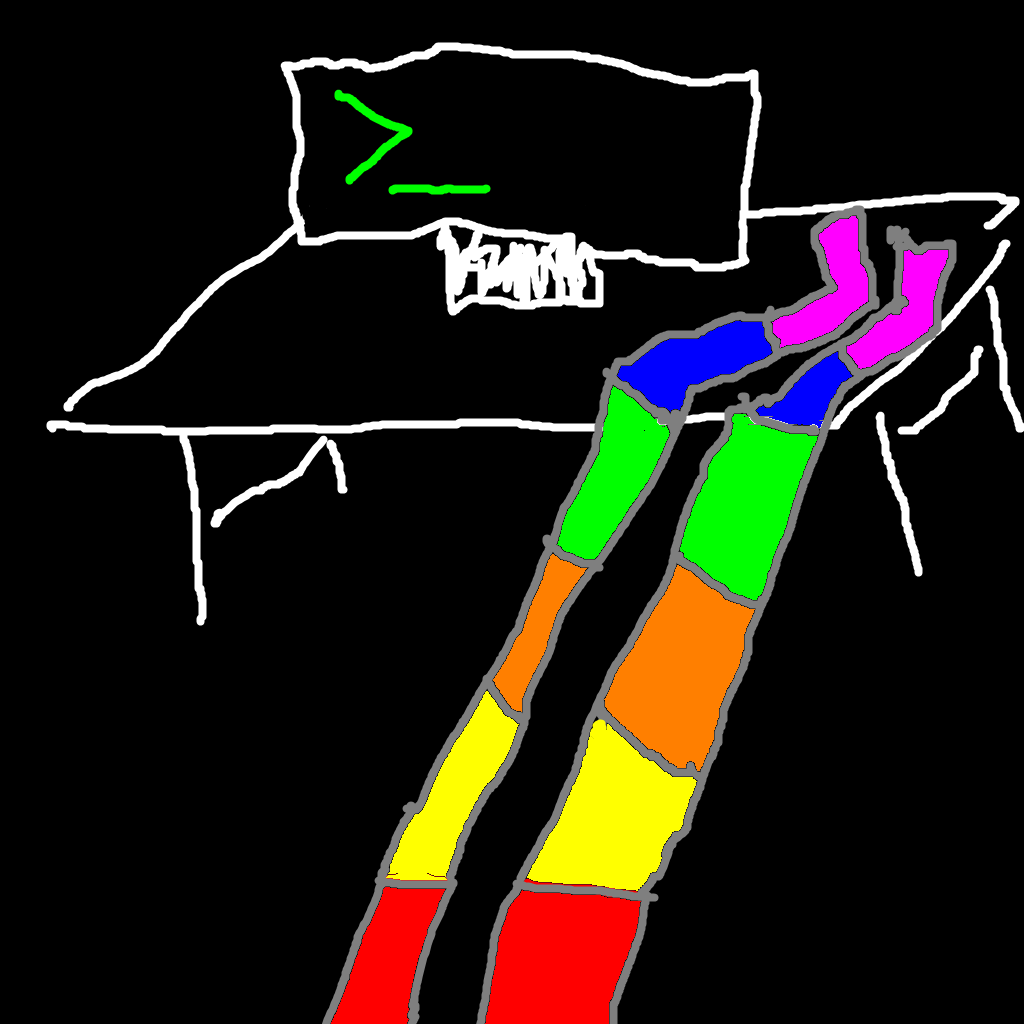

My favorite episode of the season so far. It was just fun.
I loved Encyclopedia Brown when I was a kid, and I enjoyed seeing Leela and Bender play Sally and Leroy.


My favorite episode of the season so far. It was just fun.
I loved Encyclopedia Brown when I was a kid, and I enjoyed seeing Leela and Bender play Sally and Leroy.

That doesn’t seem like a lot. I’ve certainly gone extended periods eating more than 150g (~5.3 ounces) of nuts per day. I thought nuts were a healthy snack, and often my only breakfast is a bunch of cashews or almonds.
More likely a DaiMon using a thought maker.



If anyone is, I hope they’re running a third-party ROM like GrapheneOS, because Google ended software support last year.
Google increased their support window after the 5, so the 6 is still good for another couple years of security updates.
I understand that etymologically, it makes perfect sense to pronounce daemon the same as demon because it’s the same word. But I’ll never stop pronouncing it day- instead of dee-, as if it’s a Ferengi captain.


If anything, it demonstrates that the law has mathematical validity. Fact-checking simply requires more work than making shit up. Even when AI gets to the point where it can do research and fact-check things effectively (which is bound to happen eventually), it’ll still be able to produce bullshit in a fraction of that time, and use that research ability to create more convincing bullshit.
Fact-checking requires rigor. Bullshit does not. There’s no magic way to close that gap.
However, most social media sites already implement rate limits on user submissions, so it might actually be possible to fact-check people’s posts faster than they are allowed to make them.

A portable solar generator and batteries would be very valuable. Smartphones are immensely useful even without internet access. You could even get a meshnet going for medium-scale communication if other people in your area are similarly equipped. No power grid required.


I…I did not know that. That’s wild.


Latex is more of a markup language than a programming language.


😒🫸 MRI
😎👉 NVC


Thank you for the clarification!


“Nuclear” sounds scary but it doesn’t have to be and generally isn’t. There are currently 94 active nuclear reactors in the US. https://en.wikipedia.org/wiki/Nuclear_power_in_the_United_States
IMHO, the correct take on “<blank> uses enormous amounts of energy” is “yes, we do need to invest more in renewable and clean energy”. Anyone who didn’t have their head in the sand could have known that last century. This is only a problem now because our political leaders have failed us, year after year, decade after decade.


With secure access to T-Mobile data
I’ve lost count of how many major data breaches T-Mobile has had. This verge article from last year puts the count at 9 since 2018. https://www.theverge.com/2023/5/2/23707894/tmobile-data-breach-april-personal-data-pin-hack-security
How long will it take for someone to get it to reveal data that’s supposed to private? Considering OpenAI’s best defense against this is “please stop or we’ll ban you”, I’m guessing it’ll be day 1.
This is a FAQ for end users, about a feature in software running on end users’ computers.
It is absolutely doublespeak to call it “local”. Are we supposed to invent an entirely new term now to distinguish between remote and local? Please do not accept this usage. It will make meaningful communication much harder.
Edit: I mean seriously, by this token OpenAI, Google, Facebook, etc. could call their servers “locally hosted”. It is an utterly meaningless term if you accept this usage.
If they had said “locally hosted in our datacenter”
Then that would also be an oxymoron.
Local is the opposite of remote. This is a remote server. Remote servers are not local. This is not a matter of interpretation.


Mine doesn’t have @ signs. This might be easier to do in the lemmy web UI than within Sync. When you start typing an instance name, it will pop up a list of matches that you can click, so you don’t have to worry about typos or syntax.
Why does local mean local? I’m not sure I understand your question.
This is Kaspersky, so the only answer you’re going to get from them is “use Kaspersky Premium”.
The only non-Play apps they mention in their report are modified versions of otherwise-clean apps (like Spotify or Minecraft). They didn’t mention anything on F-Droid or other app stores.